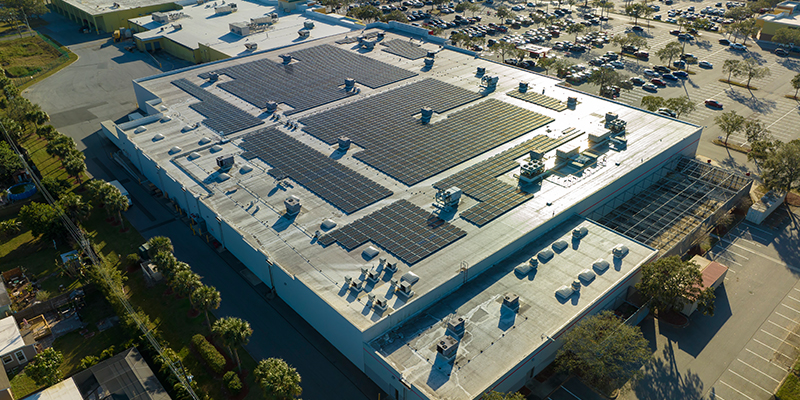As part of the commercial real estate industry, the life science market is dwarfed by its industrial sibling. Where the latter comprises 14 billion square feet of developed space nationwide, the life science sector includes 150 million square feet.
It may be a niche segment, but it’s drawing outsized interest from private investors and federal health and science agencies, economic development professionals, and even state and local leaders eager to bring the sector to their markets, noted panelists at CRE.Converge exploring the role of life sciences in the real estate sector.
“We have more capital and more landlord and investor groups chasing this asset class than we ever have before,” said panel moderator Lauren Gilchrist, managing director for research with Longfellow Real Estate Partners.
Life science communities around the country often look to the Boston ecosystem as the gold standard. With premier healthcare providers, major universities that drive innovation and a talent-rich workforce, and supportive governmental leaders, it’s little surprise that membership in the Massachusetts Biotechnology Council has ballooned from 400 members companies 13 years ago to 1,400 today, said Kendalle Burlin O’Connell, the council’s president and CEO.
Since state leaders launched a $1 billion infrastructure program in 2008, and renewed it in 2018, the council helped recruit 18 of the top 25 pharmaceutical firms to the market. Last year, $5.3 billion in venture capital was invested in the market with 21 IPOs. In Q1 2021, Massachusetts-headquartered companies received $4.3 billion of venture investment and 10 IPOs. This year has five million square feet of lab space being developed.
“Just that quarter [of investment] was the third largest year on record,” she said.
Property owners eager to get involved must realize the requirements of life science development, said Brent Amos, an architect with Cooper Carry Inc. From 14-foot ceilings to single-pass air flow to vibration requirements, new builds have steep needs and retrofits can be challenging, he said. One exhaust fume hood can use the same energy as a single-family home. Some facilities may have 50 of them, he said.
Scientists’ long hours bring unique needs, Amos said. Amenity rich, with coffee shops and beer pubs on site, Amos’ team is creating spaces where researchers can collaborate and thrive when not in the lab. It’s akin to creating a “hospitality feel.”
“Some of the greatest innovations don’t happen in the lab,” he said. “They happen in those chance encounters.”
Developers are working to make their complexes a community hub. Commercial real estate developer Sterling Bay LLC’s life science building in Chicago fronts the Chicago River riverwalk and features an open-air terrace on every level, said Suzet McKinney, DrPH, MPH, principal and director of life sciences with Sterling Bay LLC. Want to go downtown? The water taxi can have you there in 10 minutes.
These highly amenitized “live, work, learn, play” spaces become anchors for entire communities, with labs, offices, schools and parks for kids.
“Everything you need to have the highest quality of life you want is right there,” she said.
Smart governmental leaders realize life science can elevate entire communities and help address health care disparities and other economic issues. With workforce needs to grow by 50% within three years, life science has the power to transform communities, McKinney said. Beyond the executives, researchers and Ph.D.s who enjoy high-paying positions, 40% of the jobs in life science require only a high school diploma or GED, she said. These are the baristas at local coffee shops or the office workers helping prepare paperwork for a drug’s federal review.
As venture capital chases the next discovery, life science firms often operate at a breakneck pace, especially when it comes to finding or building their lab space, panelists agreed. When a Chicago firm did its second raise, “the very next transaction was a real estate transaction,” McKinney said.
Lead times that may take years for other industries “need to happen within a few months,” O’Connell said.
Next up for the sector: finding room for manufacturing. As the sector continues to evolve and its real estate needs grow, especially in expensive, dense urban markets, real estate costs become prohibitive. Companies are looking beyond the city or state lines to find space for manufacturing plants.
“It’s expensive space to build on the outskirts of a city,” Amos said, “but researchers want to be closer to manufacturing.”
This post is brought to you by JLL, the social media and conference blog sponsor of NAIOP’s CRE.Converge 2021. Learn more about JLL at www.us.jll.com or www.jll.ca.









